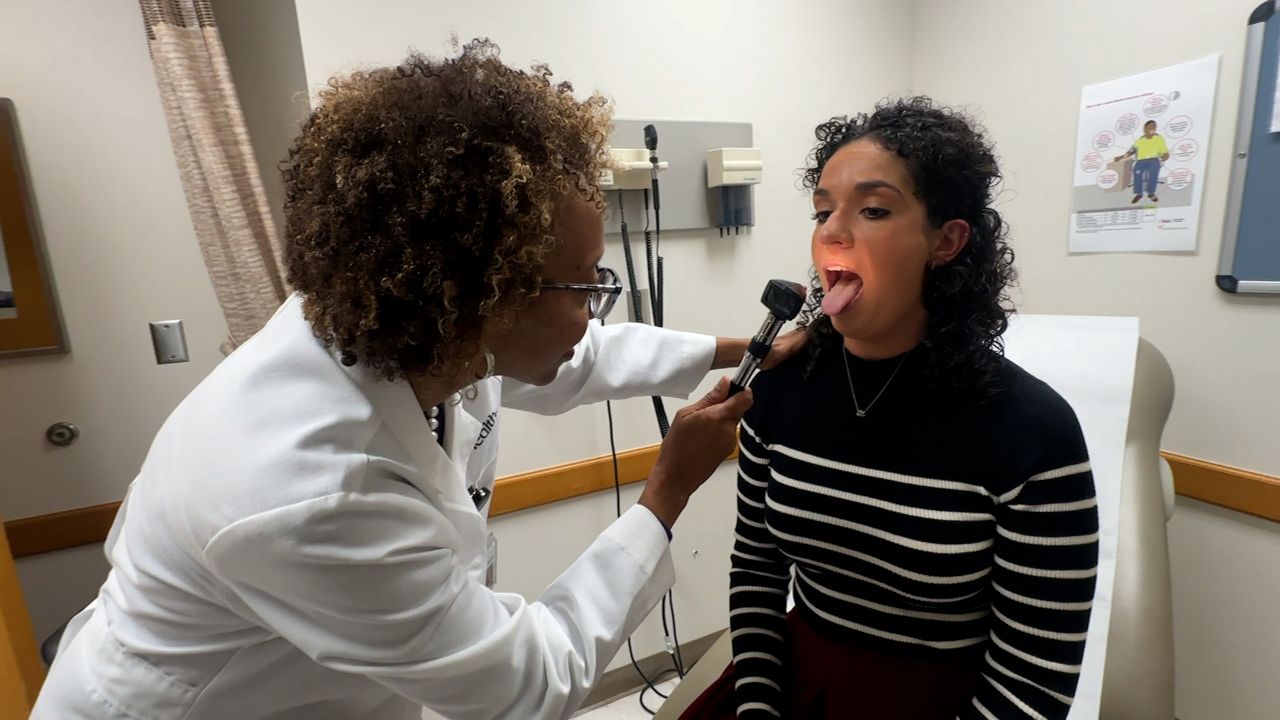Travel
Survey shows generational and gender differences in how we travel – The Points Guy

Memorial Day is the traditional kickoff to the busy summer travel season, and this year is expected to be especially packed. In fact, 76% of Americans plan to travel in the next 12 months, according to a new poll commissioned by TPG and conducted by The Harris Poll. Among those travelers, more than half (56%) say they will travel by air for personal trips.
TPG commissioned the survey to learn more about travelers, their travel habits, their use of rewards cards, and how they earn and burn points and miles.
We learned that travel decisions — such as when to travel, the reason for travel, and the ways of using credit cards and travel rewards — vary by gender and generation.
Travel patterns as we head into the busy summer period
While there are differences in where and when travelers hit the road, you won’t be surprised to learn that most people traveling over the next 12 months (69%) will do so during the traditionally busy summer travel season from June to August. Although, 44% of travelers say they will travel in the fall (September to November), which means “shoulder season” may be catching on.
Additionally, 26% of travelers will travel at some point in the winter (December to February), and 19% plan to travel in the spring of next year. Men are more likely than women to say they plan to travel this winter.
Among travelers, women are slightly more likely than men to say they are planning for personal reasons (95% versus 92%), while men are more likely to travel for business (36% versus 21%).
The generational divide
The polling also found some fascinating generational travel patterns among Generation Z (ages 18-27), millennials (ages 28-43), Generation X (ages 44-59) and baby boomers (ages 60-78).
Among travelers:
- Gen Xers and baby boomers are more likely than Gen Zers and millennials to say they are planning to travel for personal reasons (96% and 99% versus 86% and 91%).
- Gen Zers and millennials are more likely to travel for business (43% and 41% versus 26% and 11%), which likely makes sense given their age and role in the workforce.
- Gen Zers and millennials are also more likely to travel internationally by about 11%.

Daily Newsletter
Reward your inbox with the TPG Daily newsletter
Join over 700,000 readers for breaking news, in-depth guides and exclusive deals from TPG’s experts
Gen Xers and baby boomers are more likely than Gen Zers to say they will travel this fall (45% and 52% versus 33%). A simple explanation may be a more flexible calendar that is not as tied to younger children’s school schedules; for the older group, it might be that the freedom and flexibility of retirement allow for more personal travel when peak summer dates (and sometimes higher travel prices) are over.
Who has rewards credit cards?
TPG also got some fascinating insight into who does — and does not — carry rewards credit or charge cards.
About 67% of Americans ages 18 and up have a rewards credit card of some type; this includes 58% who have a rewards card that earns cash back and 27% who have a travel rewards credit card.
About 24% of Americans only have a traditional credit card that does not earn rewards. One in 10 Americans (10%) have some other type of credit card (like a store credit card), and 20% do not currently have any credit cards.
Interestingly, our survey again found generational and gender differences in credit card and rewards behaviors.
Members of the older baby boomer generation are still more likely than Gen Xers, millennials and Gen Zers to have a credit card (89% versus 79%, 74% and 73%).
We also found that Gen Zers and millennials who have rewards cards are more likely than Gen Xers or baby boomers to use their credit card rewards for travel-related expenses. Gen Zers and millennials are more likely than Gen Xers or baby boomers to have used their credit card rewards for travel-related expenses (73% and 69% versus 55% and 47%).
The survey also revealed that not everyone is as obsessive about checking their points balances as we are at TPG.
About 36% of Americans with a rewards credit card check their rewards balances a few times a year or less; meanwhile, 30% check it once a month, and 34% check it more than once a month. Put me in that last category — I check my balances daily.
But not everyone is so diligent.
The survey found that 40% of all rewards cardholders confess they are often unsure when to use their credit card rewards and when to save them. That confusion is highest among Gen Zers.
How consumers are using their rewards
While some travel rewards cardholders hoard points because they’re not sure how to use them or don’t often think about them, that’s not the case for most.
According to our survey, nearly all rewards cardholders have used rewards in some form or fashion.
A whopping 94% of rewards cardholders said they’d redeemed some of their rewards, whether that was redemptions for travel or just getting cash back.
More than half used their credit card rewards for travel-related expenses or cash back (57% each), while 36% of rewards cardholders have used their rewards for nontravel expenses. Just 6% of rewards cardholders have not used their credit card rewards.
Still, 80% of those with rewards cards said they prefer to let their credit card rewards accumulate as much as possible before using them. This can certainly make sense as you can get more value for your rewards with some larger strategic uses than by using them at a fixed value —like during checkout on Amazon.
A whopping 81% of rewards cardholders who are planning to travel this summer say they’ll use their rewards to pay for that travel. Here’s what they say they’ll spend them on:
- Hotels — 42%
- Cash back to help pay for travel — 41%
- Airfare — 31%
- Dining while traveling — 29%
- Entertainment while traveling — 23%
- Car rentals — 22%
- Other travel-related expenses — 7%
Related: After 15 years, why the Chase Sapphire Preferred should still be your first rewards card
As we mentioned, there are generational and gender differences in how people use their rewards. For example, boomers in our survey were less likely than millennials and Gen Xers to use their credit card rewards for their summer travel. Women were more likely to use credit card rewards for cash back than men, while men were more likely than women to use their credit card rewards for travel-related expenses.
The data contained a few more interesting tidbits. Just under half of rewards cardholders (45%) agree they have opened a credit card specifically for travel rewards. (It’s a good time to do that, with elevated limited-time welcome offers on both the Chase Sapphire Preferred® Card and the Chase Sapphire Reserve®.)
Finally, nearly half of rewards cardholders (46%) agree that their rewards credit card inspires them to travel more. That’s not terribly surprising because using credit card rewards can get you to your next travel goal much faster than saving cash.
Related: 12 credit cards that can get you $1,000 or more in first-year value
This is a big reason why TPG is very much against the proposed Credit Card Competition Act, which a group of lawmakers is trying to push through Congress. If passed, it would very likely lead to drastic cuts — or worse — to credit card rewards programs … and the travel dreams they help unlock. You can find more information on that here.
Related reading:
Survey method: This survey was conducted online by The Harris Poll on behalf of The Points Guy from May 7-9, among 2,100 U.S. adults (18 and older), among whom 1,548 have plans to travel in the next 12 months, and 1,393 currently have a rewards credit card. The sampling precision of Harris online polls is measured by using a Bayesian credible interval. For this study, the sample data is accurate to within +/- 2.5 percentage points using a 95% confidence level.










